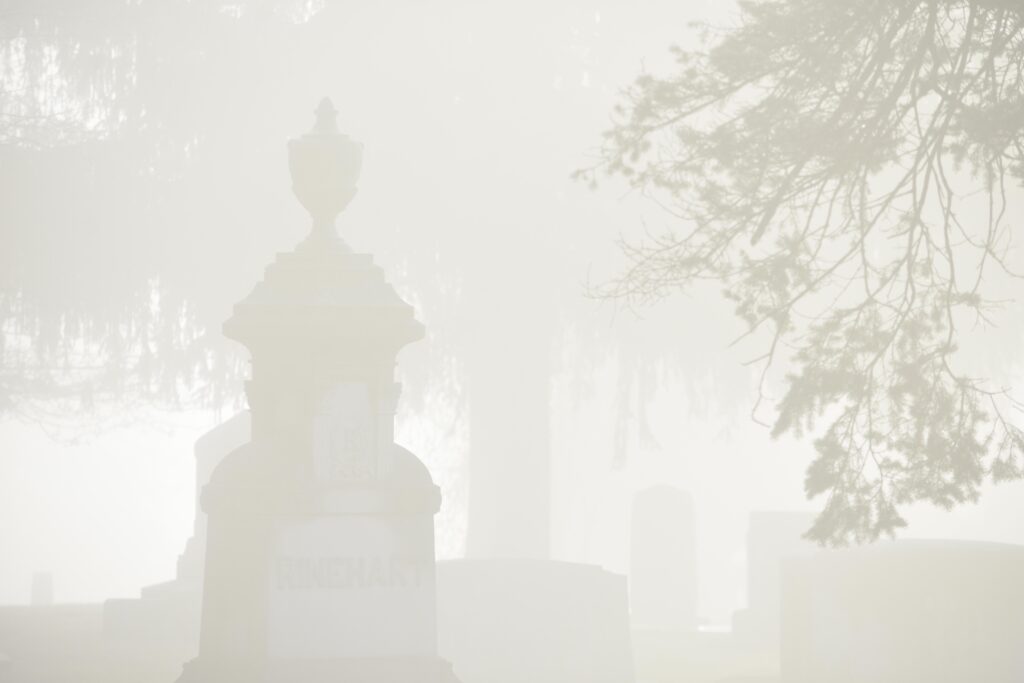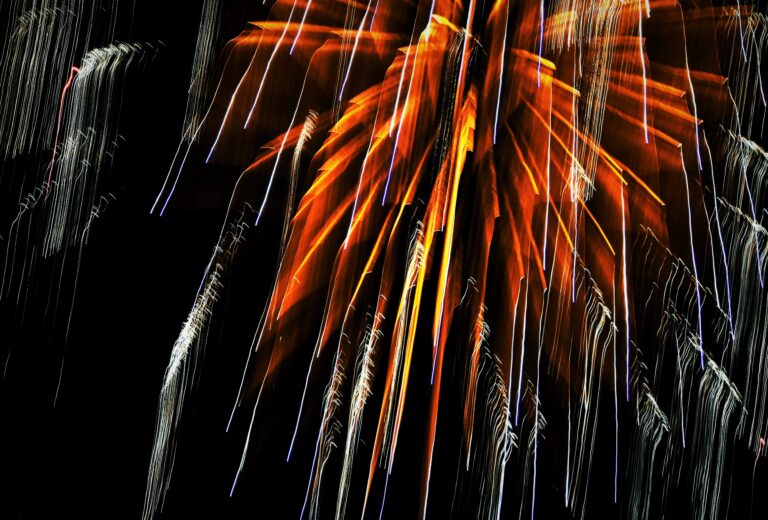
THE LEGEND OF THE TECUMSEH CURSE
In the spring of 1841, 9th President William Henry Harrison died. Elected in 1840, he was the first U.S. Chief Executive to perish in office. If his name doesn’t trigger any historic point of reference, it may be because he was only President for one month. What’s stranger still is that Harrison’s death triggered a bizarre 120-year period where all Presidents elected in a zero-year election died in office. Every single one of them.
Long before he became President, Harrison was Governor of the Indiana Territory. His duties included negotiating treaties with the Native American population. America wanted control of tribal lands, and not surprisingly, the Native Americans balked at Harrison’s paltry terms. One particular leader was a persistent thorn in Harrison’s side. His name was Tecumseh.
The two met and tempers flared. Harrison later led his army to Tecumseh’s village and destroyed it. A few years later, after Tecumseh was killed in battle, legend suggests that his brother- called “The Prophet”- put a hex on Harrison by honoring Tecumseh’s memory, and cursed all the Presidents who followed, elected in a zero year- which falls every two decades. The legend of the Tecumseh Curse was born.
Fast forward to 1860, the year Abraham Lincoln was elected 16th President. In his second term, Lincoln became the first President assassinated. If a curse was in play, Abe was the second victim.
In 1880, the next zero year, a Republican from Ohio named James Garfield became the 20th President. Like Harrison, he spent little time in office. Garfield was shot only four months after taking power. He died two months later.
Another twenty years passed, and another Ohio Republican, named William McKinley, became the 25th President. Re-elected in 1900, he went to Buffalo in 1901 and greeted a public crowd. Like Lincoln and Garfield before him, McKinley was assassinated at close range by a lone gunman. But similar to Garfield, McKinley’s gunshot wounds weren’t necessarily fatal. Nevertheless, he died nine days after being wounded.
1920 arrived and if anyone took notice of the creepy bad luck zero-year Presidents were having, Warren G. Harding wasn’t one of them. Sworn into office as the 29th U.S. President, Harding was yet another Republican from Ohio. He survived until the summer of ’23 when he died in San Francisco under mysterious circumstances. His wife, the First Lady, forbid an autopsy and Harding was embalmed within an hour of death.
Eighty years had passed since Harrison died, and all four men elected in a zero year never retired from the White House alive.
Franklin Roosevelt started his presidency in 1933- a full seven years before the dangerous election of 1940. But Roosevelt did something no other President had done before- or since- he was elected four times. Re-elected for the third time in 1940, his last victory was in 1944. FDR died from a stroke in 1945.
In 1960, virile and handsome John F. Kennedy took the reins as the 35th President. He was the youngest man ever elected to high office, and the odds of him dying while President were seemingly low. But Lee Harvey Oswald shot and killed Kennedy in Dallas on November 22nd, 1963.
No man seemed immune to the zero-year curse.
Ronald Reagan became the oldest man ever elected President in 1980. Just two months after taking office, Reagan came face-to-face with destiny when he was shot and seriously wounded outside a Washington hotel. But Reagan did something remarkable- he survived. Did he break the curse? Or were the powers of the evil spell waning?
Enter George W. Bush to the presidency in 2000. Like Kennedy, Bush was young and thoughts of his demise were never on the public’s mind. Still, Bush had his own brush with death in Soviet Georgia in 2005 when a man threw a hand grenade at the podium while Bush was giving a speech. A handkerchief wrapped around the device prevented the detonating pin from release and the bomb fell harmlessly near the stage. Luckily, Bush and all in the crowd were unhurt.
Perhaps George W. Bush was the man who finally killed off the sinister power of the mythical Tecumseh Curse, ending a strange saga in American history.
AUGUST 2023

ICM ADDS ARTISTRY TO ONCE STILL IMAGES
When shooting long exposures, one of the first rules learned in photography is to use a sturdy tripod. Once a camera is anchored to the three-legged contraption, a photographer can create images lasting seconds to hours, all while keeping subjects sharp and in focus. A wise practice in most shooting situations.
But there are exceptions to every rule and the Intentional Camera Movement technique is a wonderful device to deviate from the standard sharp-focus mindset. ICM is a creative way to take images to another realm. A place where still photography meets impressionism, where experimentation breeds unimagined results. Shooting digital images, it’s simple to try a particular movement, like panning up and down as you handhold the camera for longer exposures, and then sample your results. The image above was exposed for one second, with a downward movement following the path of the exploding fireworks.
For most images, it helps to have graphic lines and elements incorporated in your scene- like trees, buildings, or sources of light. Try holding the camera steady on these features for a brief part of the exposure and then you can move freely in any direction you choose.
Another technical aspect to control while shooting is the camera’s ISO setting. In order to get the necessary long exposure times measuring in whole seconds (especially in daylight conditions) it’s advisable to set the ISO to a low number like 100. One more option is to zoom in or out with a lens to create a different type of movement. Finally, I typically overexpose images to achieve a more ethereal feel.
One important point to remember with this technique- there are no rules and so no right or wrong way to achieve results. Shoot what satisfies you and take lots of pictures- sometimes an image on your camera’s viewfinder may not look entrancing, but that could change later when you fiddle with the crop, colors, or contrast of an image.
Shown below are a few samples of my work, along with corresponding shutter speeds and motions I executed while taking each view.


